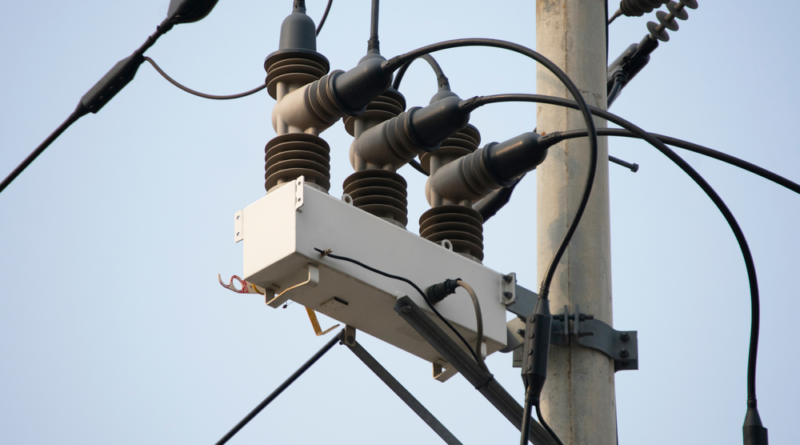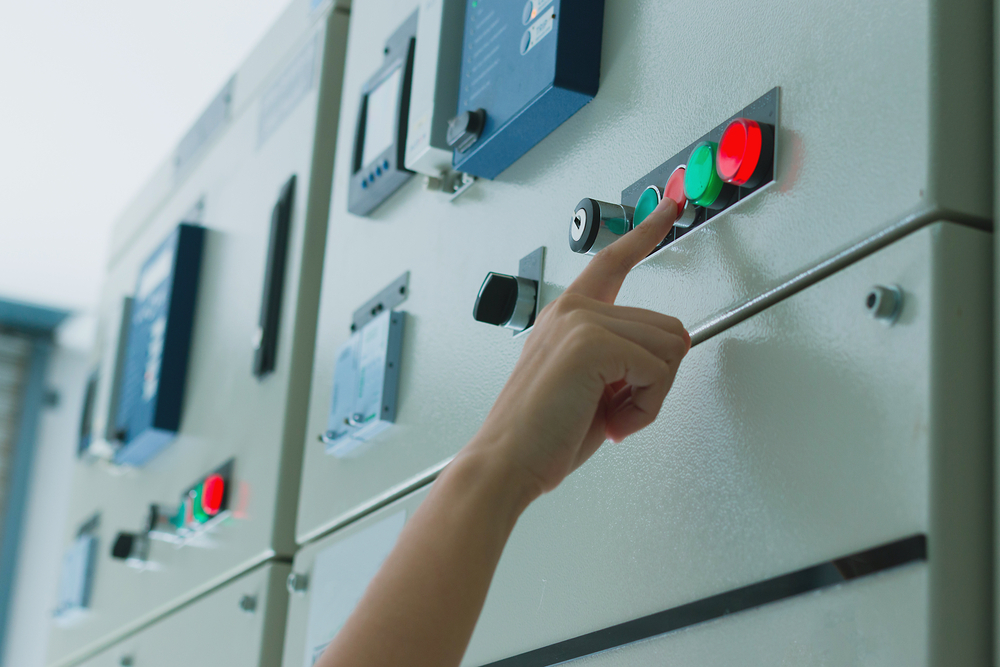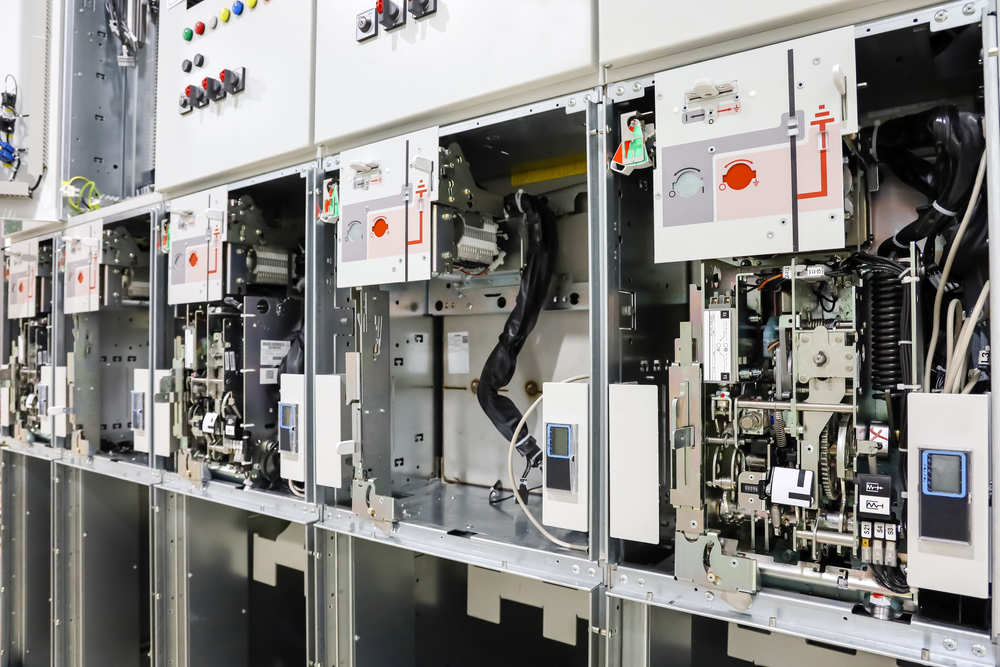
In the dynamic field of electrical engineering, the vacuum circuit breaker (VCB) is a central device that orchestrates the smooth flow of electricity while protecting electrical systems from potential hazards. This article explores the complexities surrounding VCBs, explaining their design, operating principles, and the numerous applications that define their importance across industries. As we delve deeper into the world of vacuum circuit breakers, we discover their unparalleled benefits, ranging from high dielectric strength to rapid arc extinction, making them essential components in modern power distribution. Join us to discover the fundamental aspects and advanced innovations that make vacuum circuit breakers an indispensable force in ensuring the safety, reliability and sustainability of electrical infrastructure.
What is a vacuum circuit breaker?

A vacuum circuit breaker (VCB) is a circuit breaker in which arc extinction occurs using a fast-extinguishing vacuum medium. Unlike traditional circuit breakers, such as air circuit breakers, which use air or gas to extinguish arcs, VCBs utilize the superior insulation and arc extinguishing properties of a vacuum. This technology guarantees a quick and efficient interruption of the energy flow in the event of a failure or overload.
How it works?
The operation of a vacuum circuit breaker requires the creation of a vacuum in the circuit breaker chamber. When the switch contacts are opened, the arc created between them quickly extinguishes upon contact with the vacuum. The absence of any means of ionization and acceleration of electrons in a vacuum leads to rapid extinction of the arc and thus allows reliable circuit interruption.
Advantages of the vacuum circuit breaker
VCBs offer several advantages over their counterparts, making them the preferred choice for countless applications.
High dielectric strength
The vacuum provides excellent dielectric strength and guarantees efficient insulation between the contacts. This property is critical to prevent electrical failures and ensure circuit integrity.
Fast arc extinguishing
One of the main strengths of vacuum circuit breakers is their ability to quickly extinguish the arc. The lack of ionization and acceleration of electrons in a vacuum allows for rapid power outage, minimizing potential damage caused by errors.
Low maintenance effort
Compared to other types of circuit breakers, VCBs require minimal maintenance. The absence of gases and the closed design contribute to longer life and reduced maintenance requirements.
Environmentally friendly
Because vacuum circuit breakers do not use environmentally harmful gases to extinguish arcs, they contribute to a more environmentally friendly electrical infrastructure. This improves overall sustainability.
Applications in various sectors

Due to their versatility, vacuum circuit breakers are suitable for numerous applications in different industries.
Electrical networks
- Substation protection and control: Vacuum circuit breakers are integral components of substations, where they play a critical role in protecting substation equipment from failures and ensuring the reliability of the electrical grid.
- Improving grid reliability: By quickly interrupting faulty circuits, VCBs contribute to grid stability and reliability, preventing cascading failures and minimizing downtime.
Manufacturing
- Device protection: In factories, especially those with sensitive and expensive equipment, vacuum circuit breakers protect machines from overloads and short circuits. Rapid arc extinction prevents damage to critical production systems.
- Uninterrupted production: Ensuring uninterrupted production is crucial for manufacturing processes. Vacuum circuit breakers ensure continuous power supply and minimize interruptions that can lead to lost production.
transport
- Railway electrification systems: Vacuum circuit breakers are widely used in railway electrification systems to control and protect overhead lines. They ensure the safe and reliable operation of electric trains by immediately isolating faulty sections.
- Aviation Ground Power Supply: At airports, vacuum circuit breakers are used in ground power systems, providing a reliable way to connect aircraft to power during boarding, maintenance, and other ground operations.
Renewable energy
- Wind and solar plants: As demand for renewable energy increases, vacuum circuit breakers are being used in wind and solar power plants. They protect electrical infrastructure, such as inverters and transformers, against errors and overloads.
- Grid integration: VCBs play a crucial role in grid integration of renewable energy sources and ensure the smooth connection of wind and solar farms to the power grid.
Oil and gas industry
- Oil refineries and petrochemical plants: In environments with explosive atmospheres, vacuum circuit breakers are preferred due to their safety and reliability. They are used to protect electrical systems in oil refineries and petrochemical plants.
- Offshore platforms: Vacuum circuit breakers are suitable for offshore applications where space and weight are critical. Their compact design and high performance make them ideal for protecting electrical systems on offshore platforms.
These diverse applications highlight the adaptability and reliability of vacuum circuit breakers in various industries. Their ability to provide effective protection, rapid arc extinction and low maintenance make them a fundamental technology for ensuring the integrity and efficiency of electrical systems in various sectors.
Future trends and innovations
As technology advances, there are also innovations in the area of vacuum circuit breakers to improve performance and efficiency.
Smart Grid Digitization and Integration
The integration of digital technologies and smart grid systems is becoming increasingly common. This allows real-time monitoring, predictive maintenance and better control of electrical networks.
Enhanced security features
Ongoing research focuses on integrating advanced security features. This includes self-diagnostic capabilities and predictive analytics to reduce errors and improve system reliability.
Miniaturization and compact designs
In response to the growing demand for space-saving solutions, there is a trend towards the development of compact and miniaturized vacuum circuit breakers. The aim of this development is to maintain high performance without compromising on size.
Important considerations when selecting a vacuum circuit breaker

When selecting a vacuum circuit breaker (VCB), consider factors such as voltage rating, breaking capacity, operating mechanism and environmental conditions. Make sure it meets the needs of your electrical system and choose between spring-loaded or motorized mechanisms depending on your maintenance needs. Consider environmental aspects such as temperature. Evaluate serviceability and availability of spare parts to achieve long-term value for money.
Voltage value
Selecting a VCB with the appropriate voltage rating is important to ensure compatibility with the electrical system. Voltage requirements may vary depending on the application, so careful consideration is required.
interrupt capacity
The breaking capacity of a vacuum circuit breaker determines its ability to interrupt currents under various fault conditions. For optimal performance, it is crucial to understand the application's specific interrupt capacity requirements.
Environmental conditions
When selecting a VCB, it is critical to consider environmental factors such as temperature and humidity. In some applications, circuit breakers may need to withstand harsh environmental conditions to ensure longevity and reliability.
Conclusion
In summary, the vacuum circuit breaker is the foundation of modern electrical systems, providing efficient and reliable solutions to circuit interruptions. Its advantages, including high dielectric strength, rapid arc extinction and low maintenance, make it the preferred choice in many industries. As technological advances shape the landscape, innovations in digitalization, security features and compact designs pave the way for resilient electrical infrastructure. When selecting a vacuum circuit breaker, careful consideration of important factors such as voltage rating, breaking capacity and operating mechanism is critical for optimal performance and long-term savings. With its versatility and adaptability, the vacuum circuit breaker continues to be crucial in improving the safety and efficiency of power distribution systems.
Common questions
What are the main advantages of using vacuum circuit breakers?
Vacuum circuit breakers offer high dielectric strength, rapid arc extinction, low maintenance and environmental friendliness.
In which industries are vacuum circuit breakers commonly used?
Vacuum circuit breakers are used in electrical networks, manufacturing to protect equipment, and transportation for railway electrification systems, among other applications.
What future trends can be expected in the development of vacuum circuit breakers?
Future trends include digitalization and integration of smart grids, enhanced security features, and the development of miniaturized and compact designs.

